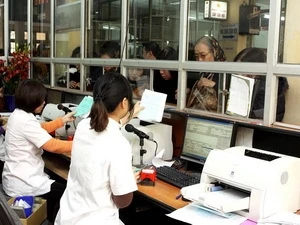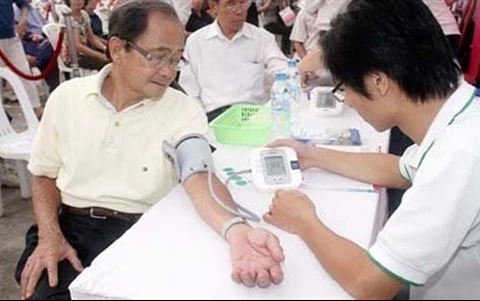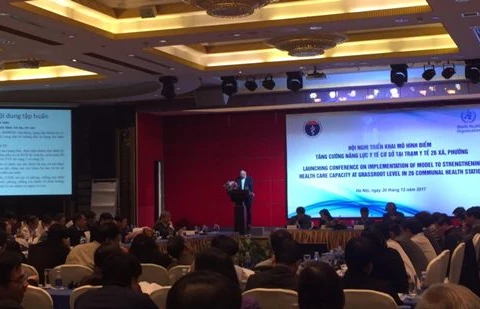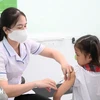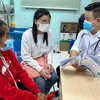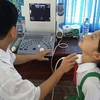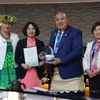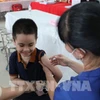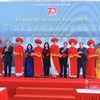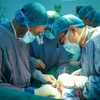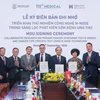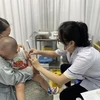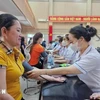Hanoi (VNA) – The grassroots-level health care network has been expanded nationwide, basically meeting public demand for health care, said Health Minister Nguyen Thi Kim Tien.
Speaking at a working session of the National Assembly’s Committee for Social Affairs in Hanoi on August 7, Minister Tien highlighted achievements in vaccination, maternal and child health care, and the prevention of non-communicable diseases at the ward/commune level.
She cited the inpatient satisfaction index towards medical check-up and treatment of 79.6 percent between September 2016 and December 2017, along with the 2016 Provincial Governance and Public Administration Performance Index (PAPI) Report announced in April 2017 which showed that the quality of hospitals, especially those at the district level, has been improved significantly and people have satisfied more with medical services.
Deputy Minister of Planning and Investment Nguyen Van Hieu said that thanks to investments sourced from Government bonds, hospitals and medical centres at the district level have been built or upgraded, with the number of sickbeds per 10,000 people increasing from 17.9 in 2005 to 25.7 in 2017, surpassing the target assigned by the legislature.
Participants at the working session also pointed out limitations in the grassroots health care network regarding public confidence in the quality of medical establishments at the district and commune levels, primary health care, investments in grassroots-level health care, and human resources.
They shared the views that more investments should be channeled into grassroots health care, and underlined the need to mobilise the participation of different economic sectors and finalise the legal framework to promote the engagement of the entire political sector in the network.
It is necessary to allocate mid-term capital in the health sector, especially in remote, disadvantaged and ethnic minority-inhabited areas, they said, proposing the Health Ministry implement policies to attract and maintain personnel for grassroots health care establishment. -VNA
VNA

